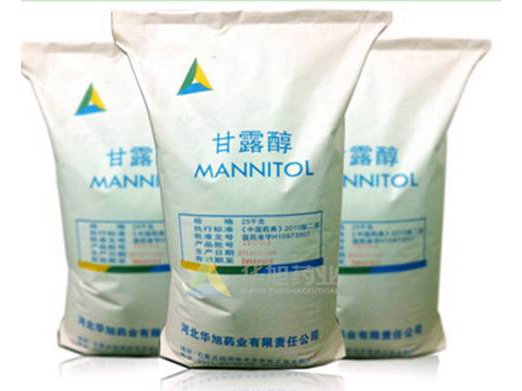Search
Tel: 0086-311-89105105/6/7/8 0086-311-89105199
Fax:0086-311-89105200
E-mail:Rongjj818@126.com mannose@hotmail.com
Add: No.33 industrial street,Econimic development zone,Shijiazhuang city,Hebei
Click on the classification tree
Preparation, metabolism and receptor of D-mannose
Classification:
D-mannose powder
2021/07/23
[Abstract]:
D-mannose can be prepared by hydrolysis of D-mannose rich glycans (Ivory palm seed, yeast mannan, etc.). It can also be synthesized by oxidation of D-Mannitol (a by-product of kelp iodine industry) with hydrogen peroxide in the presence of ferrous ion. It can also be prepared by differential isomerization of D-mannose or carbon chain growth of d-arabinose.

D-mannose cannot be metabolized well in human body. Therefore, it is not obvious that D-mannose enters into the carbohydrate metabolism process after oral administration. Even D-mannose from the outside will be detected by the tissues in the body. Using radioactive markers in mammals, it was found that 90% of the ingested D-mannose would be discharged intact through the urethra within 30-60 minutes. 99% of the residue will be discharged within the next 8 hours. During this process, the blood glucose concentration will not increase significantly.
D-mannose receptor is C-type, which is a kind of animal lectin. It can effectively and quickly recognize D-mannose and fucose terminal glycoprotein to form an organic defense system. Generally speaking, the receptor structure of D-mannose is divided into the following parts: the N-terminal is rich in Cys region; 139 ~ 192 amino acid region; Sugar ligand binding region CRD; Glycosylation sites; Cytoplasmic region and transmembrane region.
Liver cancer is also a kind of cancer with a high mortality rate, and liver cancer tumor metastasis generally directly leads to the deterioration and even death of patients. Generally speaking, there is a direct correlation and influence between the malignant degree of tumor and the metastatic ability of tumor, and the receptor of D-mannose is to improve the metastatic ability of liver cancer cells in a sense, so as to increase the proliferation of cancer cells and improve the malignant degree of liver cancer. D-mannose receptor also plays the role of adhesion molecule in the process of cancer cell metastasis, and provides some help for cancer cell metastasis. Therefore, in order to effectively control the metastasis of liver cancer cells and the deterioration of liver cancer, it is necessary to control the related adhesion molecules, and the most effective method is to block the D-mannose receptor and other molecules.



